Understanding Australia's Revamped Help to Buy Scheme: A Legal Perspective
Introduction
In an environment where housing affordability remains a significant concern, particularly for low- and middle-income families, the Australian Labor Party has relaunched its Help to Buy scheme. This policy, which aims to address the housing crisis, was introduced as part of the party's 2022 federal election commitments. In this article, we delve into the specifics, eligibility, benefits, and potential risks associated with this initiative.
What Is the Help to Buy Scheme?
The Help to Buy scheme operates on the principle of shared equity between the government and the homebuyer. The initiative pledges an equity contribution of up to 40% for new homes and 30% for existing properties, be it a house, unit, or townhouse. Interestingly, this scheme negates the need for renters to pay rent on the portion owned by the government.
Scheduled to commence in 2024, the scheme aims to assist 40,000 low- and middle-income families over a four-year period. In making this announcement, Prime Minister Anthony Albanese emphasised that the initiative is targeted at those who, despite hard work and financial discipline, find the down payment for a home unattainable.
Eligibility Criteria
Australian citizenship and a minimum age of 18 years are mandatory.
The annual income cap is set at $90,000 for individuals and $120,000 for couples.
Applicants must reside in the purchased property and not own any other property, either in Australia or abroad.
A minimum deposit of 2% of the home price is required, along with the ability to finance the remaining mortgage.
Proof of ability to cover up-front costs like stamp duty, legal fees, and bank charges is essential.
Obligation for ongoing expenses like utility bills and strata fees.
Financial Limitations
The scheme does have financial ceilings based on median house prices in different states. For instance, the maximum property price in Queensland cities stands at $700,000, whereas, in Sydney and regional NSW cities, it’s $950,000.
Potential Savings and Costs
Labor's projections suggest that the scheme could reduce mortgage costs by up to $380,000, depending on the purchase price. However, a percentage of any capital gains must be returned to the government, calculated relative to the government’s equity share in the property. For example, if the government owns 30% of the property, it is entitled to 30% of the sale proceeds, including any capital gains.
Risks Involved
While the scheme seems promising, there are inherent risks. Should property values decline, homeowners might owe the government more than initially borrowed. However, a dramatic market correction would be required to see property values fall by 30 to 40%.
Additional Information
The scheme allows homeowners to increase their stake by a minimum of 5% whenever they can afford it.
The scheme is only accessible in states that enact supporting legislation.
The exact consequences of defaulting on the agreement or surpassing income limits are yet to be clarified.
Conclusion
The revamped Help to Buy scheme presents both opportunities and complexities. While it aims to make home ownership more accessible, it comes with its set of criteria and limitations that prospective applicants must closely examine. Legal and financial consultations are advisable for a thorough understanding of this initiative, set to reshape the housing market in Australia.
Disclaimer: This article is intended for informational purposes and does not constitute legal advice. Consult with a legal professional for advice pertaining to your specific circumstances.





